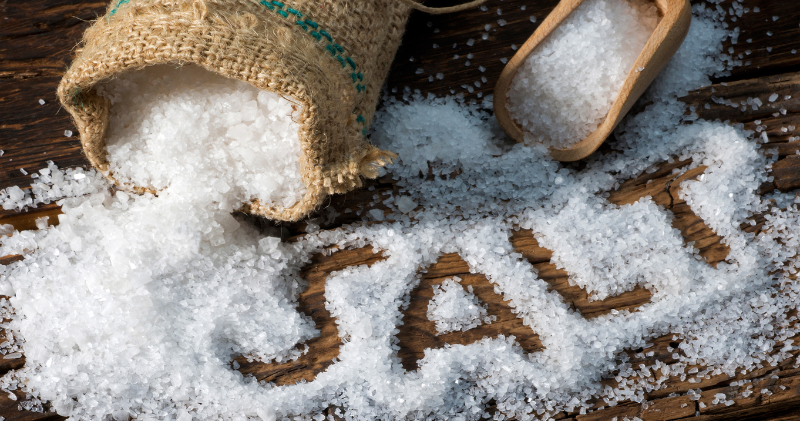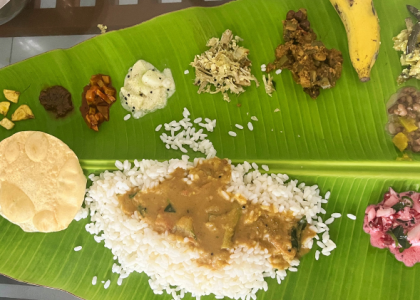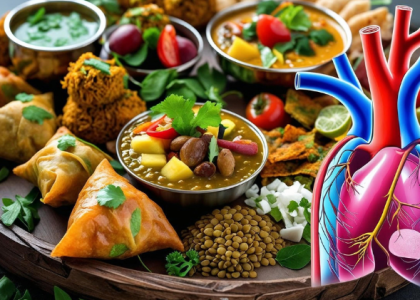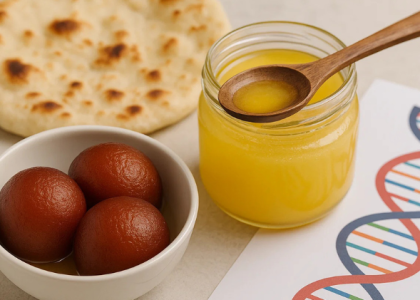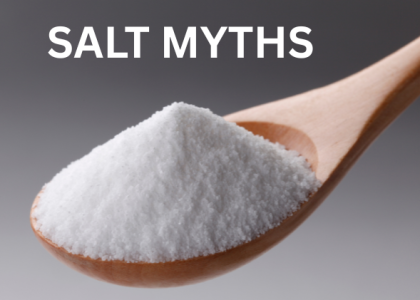Before Refrigerators Changed Everything
Your great-grandmother lived without electricity. To keep fish fresh in Kerala’s humidity, she made pickle with lots of salt. To preserve vegetables during monsoons, she made achaar. Salt wasn’t just taste—it was survival.
Our Taste Buds Learned Early
Indian children grow up eating:
- Salt mixed in milk (for “health”)
- Salted buttermilk in summer
- Pickles with every meal
- Papads as treats
We trained our tongues to expect bold, salty flavors. Food without salt tastes “bland” to us.
The Hot Climate Myth
What people believe: “Hot weather makes you sweat, so you need more salt.”
The truth: You lose very little salt through normal sweating. Only athletes or people doing heavy physical work in extreme heat need extra salt.
Most Indians work in offices or shops, not rice fields. We don’t need salt like our farming ancestors did.
Cultural Acceptance
Nobody stops you from adding salt like they might stop you from eating too much meat or sugar. Salt seems harmless. It’s in every religious offering, every celebration.
Why We Never Learned to Stop
Sugar: We know it causes diabetes
Oil: We know it causes weight gain
Salt: We think it’s just “taste”
But salt silently raises blood pressure, which leads to heart attacks and strokes.
Regional Differences
- South India: More pickles, sambar, rasam
- North India: More snacks, street food, packaged gravies
- West India: More dried fish, papad, Gujarati snacks
- East India: More fish curry, salt in sweets
Every region has its salt story, but the result is the same: too much for our hearts.
What you can do today
Ask yourself: “Am I eating salt for taste, or out of habit?”
Forward this to family on WhatsApp to protect their heart.
